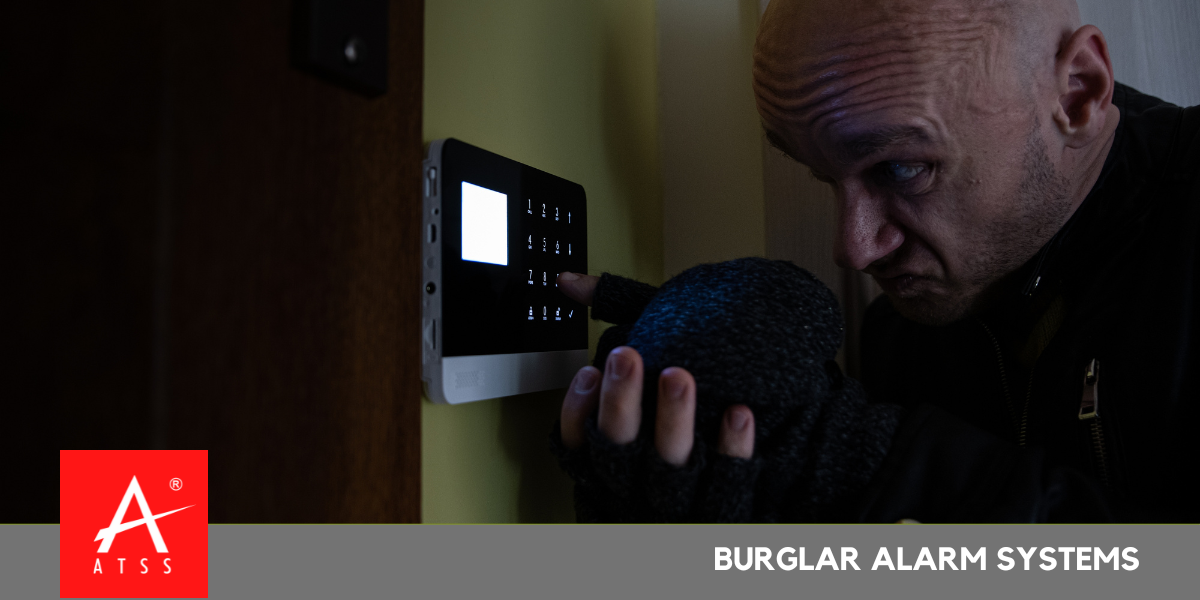


Burglar alarm systems, also known as intrusion alarm systems, are like watchdogs for your home or business. They’re designed to protect your property by alerting you when someone unwanted tries to enter.
Here’s how they work in simple words:
Sensors: These systems have sensors placed on doors, windows, and other entry points. When these sensors detect any unusual activity like a door or window opening, they send a signal to the alarm system.
Alarm: The alarm system is like a brain that processes the signals from the sensors. If it senses something unusual, it triggers a loud alarm or alerts you in some way, like sending a message to your phone.
Dissuasion: The loud alarm noise is usually enough to scare away intruders. They don’t want to get caught, so they often run off when they hear the alarm.
Alert: The system can also send a message to a security company or the police to let them know that there might be a break-in.
In a nutshell, these systems are your 24/7 guards, ready to sound the alarm and call for help if someone tries to break in. They provide peace of mind and can deter burglars from targeting your home or business.
Burglar Alarm Systems, also known as Intrusion Alarm Systems, are security systems designed to protect homes, businesses, and other properties from unauthorized entry and theft. These systems use a combination of sensors, control panels, and alarms to detect and deter intruders. Here’s a breakdown of how they work:
Sensors: Burglar alarm systems have various sensors placed strategically in and around a property. These sensors can include door and window sensors, motion detectors, glass break detectors, and more.
Detection: When someone tries to enter a secured area, the sensors detect the intrusion. For example, if a window is opened or motion is detected in a room, the sensors send a signal to the control panel.
Control Panel: The control panel is the central unit that processes the signals from the sensors. It’s like the “brain” of the system. If it receives an alert from a sensor, it assesses the situation.
Alarm Activation: If the control panel determines that there’s a potential break-in, it triggers the alarm. The alarm can be a loud siren, flashing lights, or a silent alert sent to a security company or the property owner, depending on the system’s configuration.
Dissuasion: The loud alarm is designed to scare off intruders and draw attention to the situation. Most burglars will flee the scene to avoid getting caught.
Alerting Authorities: Many burglar alarm systems are also connected to a monitoring service. If the alarm is triggered, the monitoring service can contact the police or the property owner to report the intrusion.
In summary, burglar alarm systems serve as a security safeguard, detecting unauthorized entry attempts and alerting occupants, neighbors, or authorities to prevent or respond to potential break-ins. They are a crucial component of home and business security, providing peace of mind and protection against theft and intrusion.

